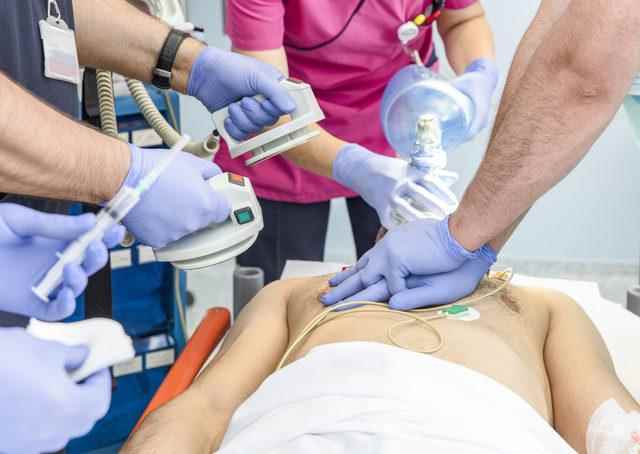Heart attack is one of the diseases that threaten all age groups and has the highest mortality rate. Scientists working on heart attack healed heart attack by regenerating muscle cells. In research published in the Journal of Cardiovascular Aging, scientists have developed a new technique that can repair and regenerate heart muscle cells after a heart attack (or myocardial infarction).
TRIED ON MICE ONLY
While this technique has only been tested in mice so far, if it works in humans it has the potential to be a life-saving treatment for heart attack survivors.
The technique uses synthetic messenger ribonucleic acid (mRNA). Ribonucleic acid forms a ‘blueprint’ of DNA sequences that the body uses to build the proteins that make up and regulate our cells. By changing the mRNA, scientists can give different instructions for different biological processes.
Here, the edited instructions promote replication of heart muscle cells (cardiomyocytes) through two mutated transcription factors, Stemin and YAP5SA.

The main idea is to make heart muscle cells with little regenerative capacity act like stem cells, which can be transformed by the body into various other specialized cells.
“NO ONE CAN DO IT TO THIS EXTENT”
“No one has done it to this extent, and we think it could be a possible treatment for humans,” says biologist Robert Schwartz of the University of Texas at Houston.
The study, which included living mice with damaged and affected hearts, showed that after injection of the mutated transcription factors Stemin and YAP5SA, myocyte nuclei proliferated at least 15-fold within 24 hours.

“When both transcription factors were injected into infarcted adult mouse hearts, the results were stunning,” says Schwartz.
The study continues to learn more about heart disease and heart damage, and how the body responds afterwards.
Studying cardiovascular health remains a priority for scientists. Heart disease is currently the leading cause of death in the United States.
It accounts for about a quarter of all deaths. (TRT News)
